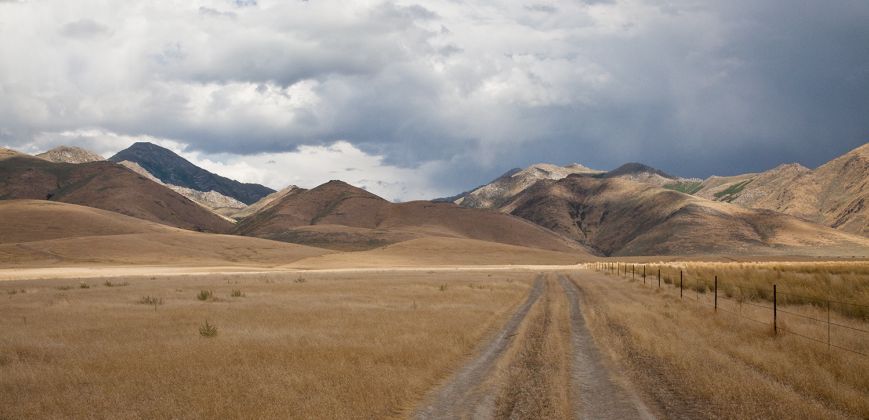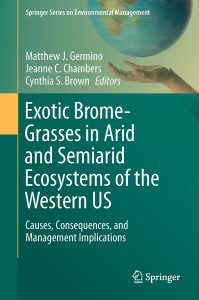

Exotic annual grasses, or Bromus species, have become a dominant invasive species in the western United States over the past century and a half. After years of unsuccessful efforts to control the spread of these species, a new book co-edited by Cynthia Brown, Associate Professor in the Department of Bioagricultural Sciences and Pest Management, addresses critical management and planning issues related to the control and containment of Bromus species.
Providing a more complete picture
Exotic Brome-Grasses in Arid and Semiarid Ecosystems of the Western U.S.: Causes, Consequences, and Management Implications is co-edited by Brown and scientists from the U.S. Geological Survey and U.S. Forest Service. The book synthesizes available literature on the biogeography, biology, ecology, genetics, sociology and economics of Bromus grasses to develop a more complete picture of and novel insights into the factors that influence their invasiveness, impacts and management in the western U.S.
“This volume is the most comprehensive treatment of this important group of invasive plants to date. It addresses their characteristics from molecular to geographic scales with the aim of improving management through understanding what has led to their success and what their vulnerabilities are,” said Brown. “It provides a foundation for new research and improved management.”
 Addressing invasive species
Addressing invasive species
Funding for research that contributed to the book was provided by the U.S. Department of Agriculture, Research, Extension, and Education Network – or REEnet – which brought together a diverse range of public agency and university specialists from around the United States to generate and refine ideas on Bromus grasses. Lessons learned from this synthesis can be used to address impacts of species like cheatgrass on the sagebrush-steppe, a habitat that supports over 350 wildlife species, including greater sage-grouse.
Greater sage-grouse occur in parts of 11 U.S. states and two Canadian provinces in western North America. Implementation of effective management actions for the benefit of sage-grouse continues to be a focus of Department of the Interior agencies following the decision by the U.S. Fish and Wildlife Service that the species is not warranted for listing under the Endangered Species Act.
“Invasive species, especially grasses, are a problem not only in the western United States, but across the country,” said Lou Bjostad, interim head of the Department of Bioagricultural Sciences and Pest Management at Colorado State University. “That Professor Brown’s expertise figures so significantly in this book represents another example of the way in which our faculty members work to find solutions to agricultural challenges facing this country and the world.”
More information
For more information and to purchase the book, visit: http://www.springer.com/us/book/9783319249285